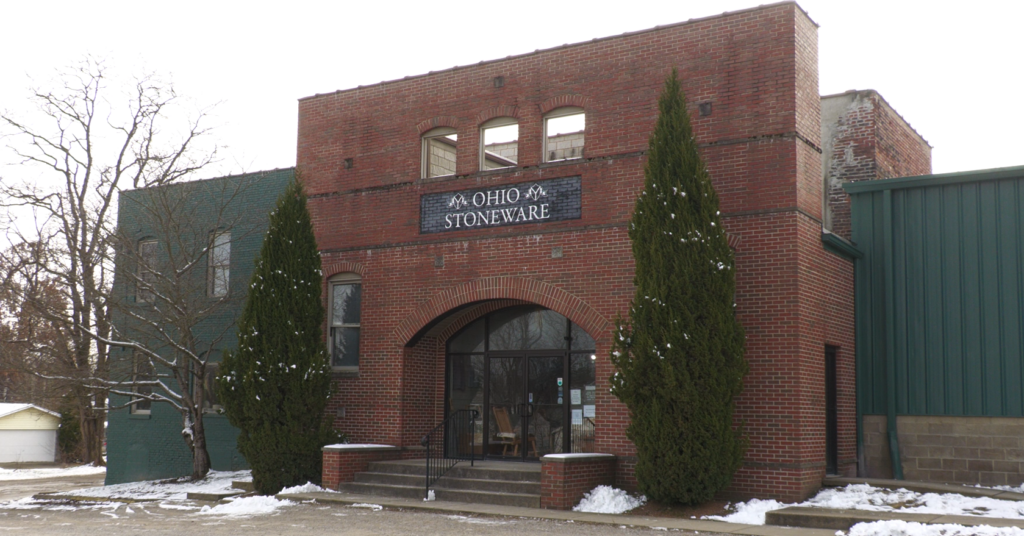ODOT Announces New Technology to Warn Drivers of Dangerous Slow-Downs

ZANESVILL,E OH – Ohio Governor Mike DeWine and the Ohio Department of Transportation recently announced a new initiative that will utilize technology to help to warn drivers of dangerous slow-downs.
These new warning systems will be installed at 13 highway sites in and around major urban centers that ODOT has identified as high-congestion and high-crash areas.
ODOT said these new cameras will detect slow or stopped traffic; they will then automatically trigger a message board a few miles away to alert approaching drivers of the upcoming traffic hazard.
Governor Dewine said this is to help stop “end-of-queue” crashes, which are crashes that occur when a driver fails to recognize slowed or stopped traffic.
Governor Dewine provided an example of a fatal end-of-queue crash that occurred last year in 2023.
“Another reasoning example of an end-of-queue crash was the devastating and tragic last November, involving a semi-truck that collided into a car and a charter bus carrying individuals from the Tuscarawas Valley Local School District.” Gov. Dewine said. “As you may recall, tragically 6 individuals died as a result of that.”
ODOT said that end-of-queue highway crashes have been increasing over the past three years to a total of 8,811 crashes in 2023.
Once the technology is implemented at the 13 sites, ODOT said it will help reduce these rear-end crashes by at least 16%, which equals to a reduction of around 1,400 crashes.
Ohio Department of Transportation Director, Jack Marchbanks, said ODOT has spent the past decade trying to mitigate crashes like these from happening.
“Back in 2011 we piloted 5 locations in Columbus and Cincinnati. This older technology relied on radar instead of cameras as we’re doing now.” Marchbanks said. “It turned out this older technology was not as reliable as we had hoped. Our resourceful engineers have now taken the technology to detect wrong way drivers and applied it to detecting traffic back ups and congestions.”
Governor Dewine said the 13 sites were selected based on factors such as traffic congestion as well as the number and severity of rear-end crashes.




